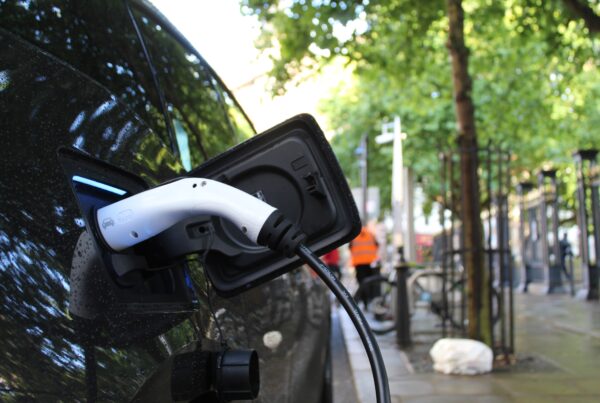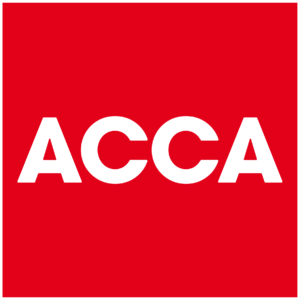Your Tax Advice
At CBHC we have helped many individuals in the Chelmsford area to plan for a comfortable retirement. Here we consider some key strategies to help with your retirement planning, but please contact us for advice tailored to your circumstances.
With many individuals continuing to face a pension income shortfall, it is essential to ensure that you put aside sufficient funds during your working life to allow for a comfortable retirement in the future. You could spend a third of your life as a retired person, and by taking action now, you can help to make this period as financially secure as possible.
When it comes to using the money you have saved for your retirement, there is now much more choice available, and it is important to take the appropriate advice on the options available to you. Here we outline some of the key areas to consider when planning for your ‘golden years’.
Initial considerations
Your retirement planning strategy will be determined by a number of factors, including your age and the number of years before retirement. However, there are some other key issues to consider:
- Do you have an employer pension scheme?
- Are you self-employed?
- How much can you invest for your retirement?
- How much State Pension will you receive?
Individuals who reached State Pension age after 5 April 2016 receive a flat-rate pension, worth £164.35 per week where they have at least 35 years of national insurance contributions or credits.
Those who reached State Pension age before 6 April 2016 will continue to claim their basic State Pension (plus any additional state pension that they may be entitled to). The basic State Pension in 2018/19 is £125.95 a week.
To receive a State Pension forecast you can phone the Future Pension Centre on 0800 731 0175.
Employer pension schemes
There are two kinds of employer pension scheme, into which you and your employer may make contributions. A defined benefit scheme pays a retirement income related to the amount of your earnings, while a defined contribution scheme instead reflects the amount invested and the underlying investment fund performance. In both cases, you will have access to tax-free cash as well as to the actual pension.
The impact of the stock market downturn in the 2000s was one key factor that resulted in many final salary schemes being underfunded and a decision was taken by many firms to close such defined benefit schemes. Many experts consider that this type of scheme will cease to exist over the next few years.
The amount of personal contributions that can qualify for tax relief is limited to the greater of £3,600 and total UK relevant earnings, subject to scheme rules.
Pensions auto-enrolment
In order to encourage more people to save for their retirement, the government has been gradually phasing in compulsory workplace pensions for eligible workers. Under the scheme, all employers must automatically enrol all eligible workers into a qualifying pension scheme. There will ultimately be a minimum overall contribution rate of 8% of each employee’s qualifying earnings, of which at least 3% must come from the employer. The balance is made up of employees’ contributions and associated tax relief.
Personal pension schemes
Relying on the State Pension will not be adequate for a comfortable retirement, so if you are not in a good employer scheme, you should make your own arrangements.
To qualify for income tax relief, investments in personal pensions are limited to the greater of £3,600 and the amount of your UK relevant earnings, but subject also to the annual allowance. The annual allowance is £40,000 but this is tapered for individuals who have both income over £110,000 and adjusted annual income (their income plus their own and employer’s pension contributions) over £150,000. For every £2 of adjusted income over £150,000, an individual’s annual allowance will be reduced by £1, down to a minimum of £10,000.
Where pension savings in any of the last three years’ pension input periods (PIPs) were less than the annual allowance, the ‘unused relief’ is brought forward, but you must have been a pension scheme member during a tax year to bring forward unused relief from that year. The unused relief for any particular year must be used within three years.
Case Study
Alex has not made any contribution into his pension policy so far in 2018/19.
Alex has unused annual allowances of £30,000 from 2015/16, £5,000 from 2016/17 and £20,000 from 2017/18 (total £55,000). Alex’s income is less than £110,000.
Alex’s maximum pension investment is therefore set at £95,000 (£40,000 plus £55,000) for his 2018/19 PIP. He needs to make a pension contribution of £70,000 (current year allowance £40,000 and £30,000 unused relief from 2015/16) in order to avoid the loss of the relief brought forward from 2015/16.
If contributions are paid in excess of the annual allowance, a charge – the annual allowance charge – is payable. The effect of the annual allowance charge is to claw back all tax relief on premiums in excess of the maximum. Where the charge exceeds £2,000, arrangements can be made for the charge to be paid by the pension trustees and recovered by adjustment to policy benefits.
Tax relief on personal pensions
Premiums on personal pension policies are payable net of basic rate tax relief at source, with any appropriate higher or additional rate relief usually being claimed via the PAYE code or self assessment Tax Return.
Case Study
Francesca will earn £60,000 in 2018/19. She will invest £12,500 into her personal pension policy. She is entitled to the basic personal allowance and has no other income.
Francesca will pay her pension provider a premium, net of basic rate tax relief of £10,000. She is also entitled to higher rate tax relief on the gross premium, amounting to £2,500.
As Francesca is an employee, we can ask HMRC to give the relief through her PAYE code. Otherwise, we would claim in Francesca’s 2019 Tax Return. Thus the net cost to Francesca of a £12,500 contribution to her pension policy is just £7,500.
With new income tax rates being introduced in Scotland, this issue is more complicated for Scottish taxpayers. Contact us for specific advice.
The lifetime allowance
Where total pension savings exceed the £1,030,000 lifetime allowance at retirement (and fixed, primary or enhanced protection is not available) a tax charge arises:
| Tax charge (excess paid as annuity) |
Tax charge (excess paid as lump sum) |
|---|---|
| 25% on excess value, then up to 45% on annuity | 55% on excess value |
The lifetime allowance will increase each year in line with CPI.
Accessing your personal pension fund
Taxpayers have the option of taking a tax-free lump sum of 25% of the fund value and purchasing an annuity with the remaining fund, or opting for income drawdown which offers further flexibility in how the fund is used.
An annuity is taxable income in the year of receipt. Similarly any monies received from the income drawdown fund are taxable income in the year of receipt.
Taxpayers have total freedom to access a pension fund from the age of 55. Access to the fund may be achieved in one of two ways:
- allocation of a pension fund (or part of a pension fund) into a ‘flexi-access drawdown account’ from which any amount can be taken, over whatever period the person decides
- taking a single or series of lump sums from a pension fund (known as an ‘uncrystallised funds pension lump sum’).
When an allocation of funds into a flexi-access account is made the member typically will take the opportunity of taking a tax-free lump sum from the fund.
The person will then decide how much or how little to take from the flexi-access account. Any amounts that are taken will count as taxable income in the year of receipt.
Access to some or all of a pension fund without first allocating to a flexi-access account can be achieved by taking an uncrystallised funds pension lump sum. The tax effect will be:
- 25% is tax-free
- the remainder is taxable as income.
Money Purchase Annual Allowance
The government is alive to the possibility of people taking advantage of the flexibilities by ‘recycling’ their earned income into pensions and then immediately taking out amounts from their pension funds. The MPAA sets the maximum amount of tax-efficient contributions an individual can make in certain scenarios. The allowance is set at £4,000 per annum, with no carry forward of the allowance to a later year if not used in the year.
The main scenarios in which the reduced annual allowance is triggered are if:
- any income is taken from a flexi-access drawdown account, or
- an uncrystallised funds pension lump sum is received.
However just taking a tax-free lump sum when funds are transferred into a flexi-access account will not trigger the MPAA rule.
Your next steps: contact us to discuss…
- Calculating how much you need to save to ensure you enjoy a comfortable retirement
- Tax-advantaged saving for your pension
- Saving in parallel to provide more readily accessible funds
- Saving in employer and personal pension schemes
- Using your business to help fund your retirement
If you are in the Chelmsford area and would like advice on personal tax planning strategies, please contact CBHC.
For tailored advice on how to best manage your personal and business finances, get in touch with us today and find out about how CBHC can help you do more with your money.








